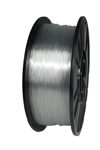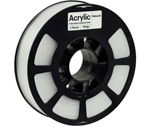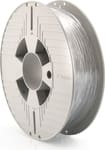Polymethylmethacrylate (PMMA) is a thermoplastic known for being the main material in acrylic sheets, which is the reason why PMMA filament is also referred to as “acrylic filament”. PMMA filament is a lesser-known material in 3D printing, being toxic and prone to warping. It does, however, have its benefits, namely strength, durability, and impact-resistance.
Usually, PMMA filament is transparent, which makes it great for printing semi-clear parts where light has to pass through. You can use this filament to print items like lampshades, lithophanes, and other objects that are fully or semi-transparent.
In this article, after quickly reviewing PMMA’s most relevant details, we’ll look at a few different brands of PMMA filament. For each, we’ll list some important details of the filament including recommended printing temperatures, price, color, and more.
If you’re interested in getting a part printed in PMMA and don’t want to deal with printing a tricky filament, try Craftcloud. With the range of finishes and excellent service, you’ll be getting your dream PMMA part shipped right to your door.
Now, let’s learn a little more about PMMA filament!
Properties & Printing
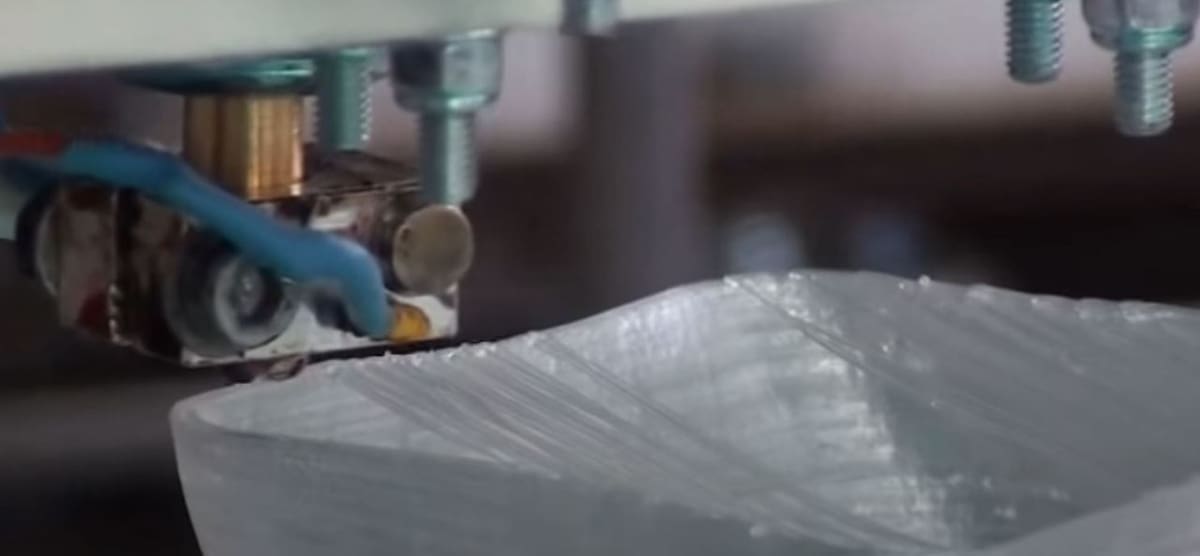
Generally speaking, PMMA is durable, strong, impact-resistant, and even UV-resistant, which prevents yellowing in 3D prints.
Like ABS, layer lines on PMMA prints can be smoothed with solvents such as acetone. Also like ABS, PMMA warps a lot, so make sure to use an enclosure and heated bed when printing with this filament.
As a note, it’s not a food-safe material even in its purest form. With this in mind, don’t use PMMA filament for any food- or drink-related 3D prints.
This type of filament usually comes in a transparent color because the base raw materials to make PMMA are naturally transparent. However, as seen in some of the brands below, this isn’t always the case and other color variations exist.
PMMA filament can usually be printed with a nozzle temperature around 240 °C and a bed temperature around 110 °C. You might also want to use an extra adhesive on the print bed such as glue to make sure that parts stay down.
Generic Printer Setup for PMMA Filament
- Nozzle temperature: 240 °C
- Bed temperature: 110 °C
- Bed surface: Glue or other adhesive
- Enclosure: Recommended
Push Plastic
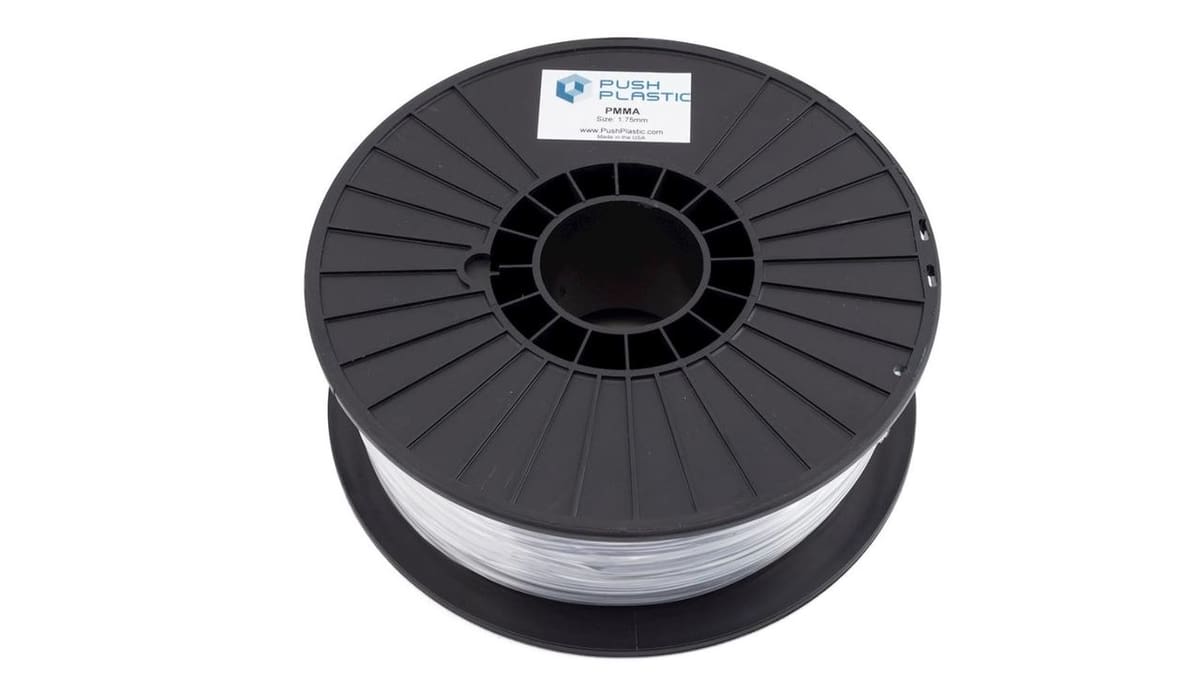
Push Plastic is a well-known filament manufacturer that offers various filaments from PLA and ABS to carbon fiber and polycarbonate (PC). Their PMMA acrylic filament comes in 1-kg and 3-kg spools, and you can get this filament in a 1.75- or 2.85-mm diameter.
Push Plastic points out that their filament reacts well to acetone for layer smoothing, and doing so can improve the part’s look.
- Price: ~$49/kg
- Diameters: 1.75 mm, 2.85 mm
- Color: Transparent
- Nozzle temperature: 240-255 °C
- Bed temperature: 100 °C
- Tolerance: Not specified
Qdtd
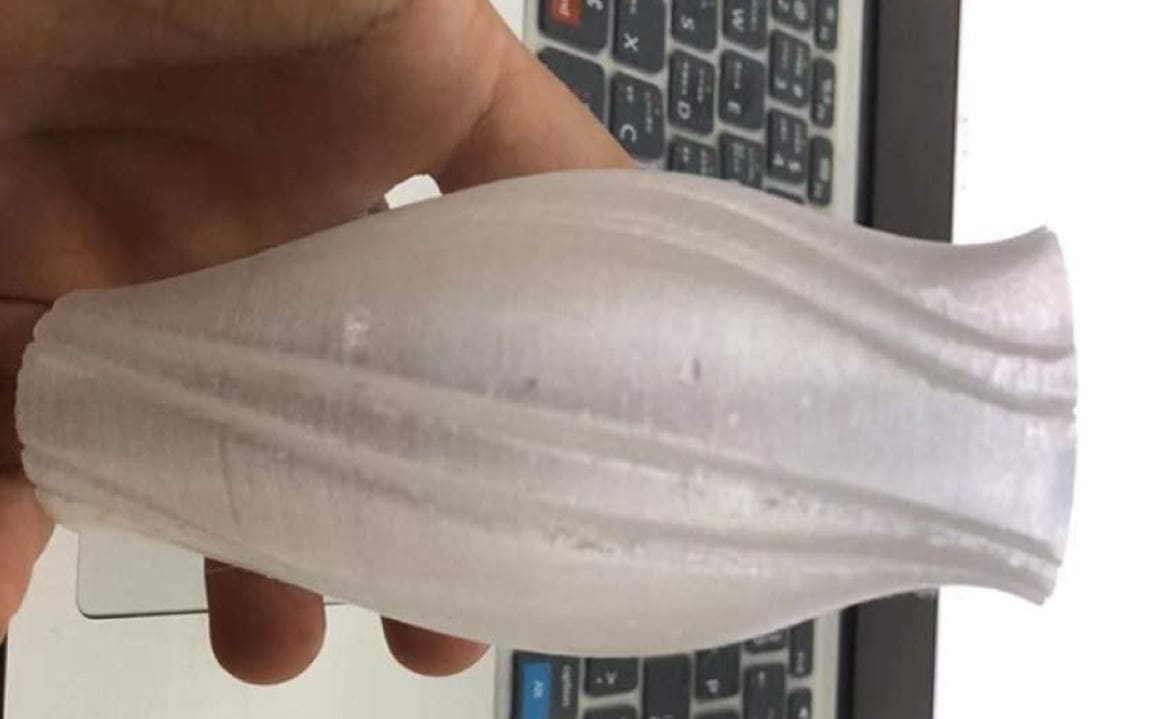
Although Qdtd’s PMMA filament is expensive, it’s said to have numerous benefits. Qdtd states that it has high optical transparency and is easy to dye. Additionally, the filament shouldn’t bubble during printing.
According to the manufacturer, you can use this filament to make lampshades and even window glass. However, as seen in the picture, it looks like you may have to tune in some slicer settings before getting great PMMA prints.
- Price: ~$123/kg
- Diameter: 1.75 mm
- Color: Transparent
- Nozzle temperature: 200-240 °C
- Bed temperature: 100-120 °C
- Tolerance: Not specified
Kodak
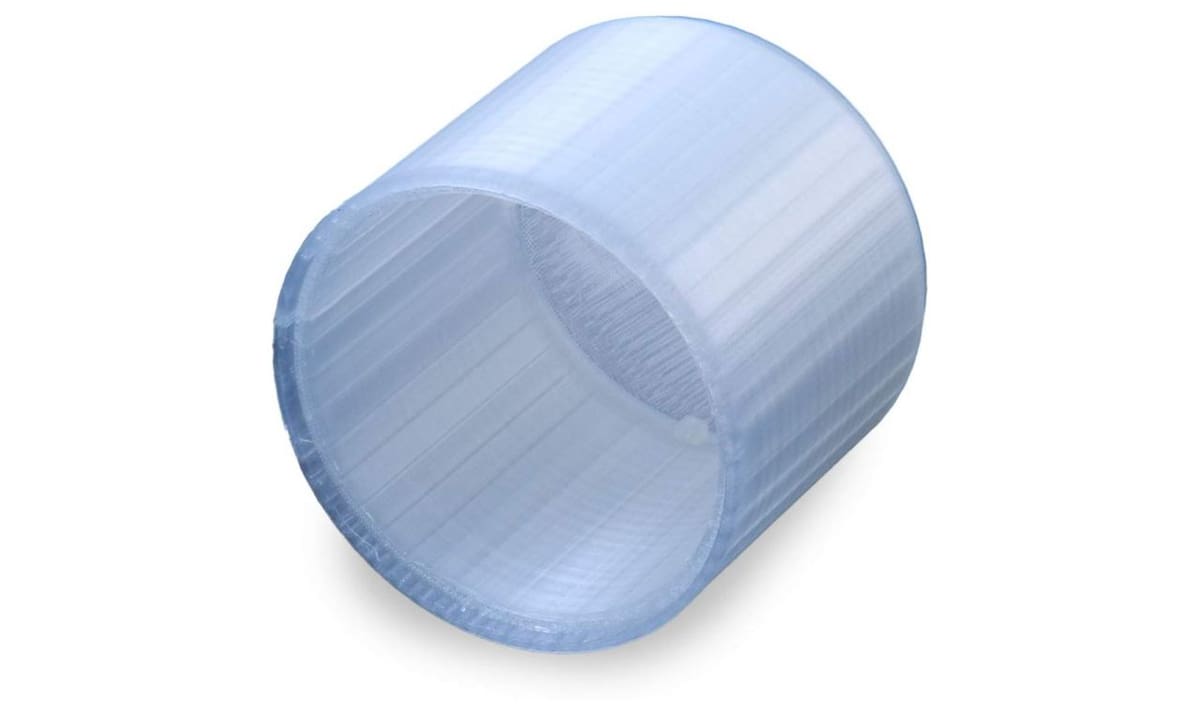
Unlike the other brands on this list, Kodak isn’t known for 3D printing supplies. In spite of that, their PMMA filament has an impressive diameter tolerance of just 0.03 mm and is both durable and heat resistant.
The company indicates that the filament can print dimensionally accurate parts, and it isn’t very hygroscopic. On the Amazon questions page for this filament, Kodak responded that fans should be at a low speed or even off.
- Price: ~$50/kg
- Diameter size: 1.75 mm
- Color: Transparent
- Nozzle temperature: 200-220 °C
- Bed temperature: 60 °C
- Tolerance: ± 0.03 mm
Durabio (PMMA-PC Blend)
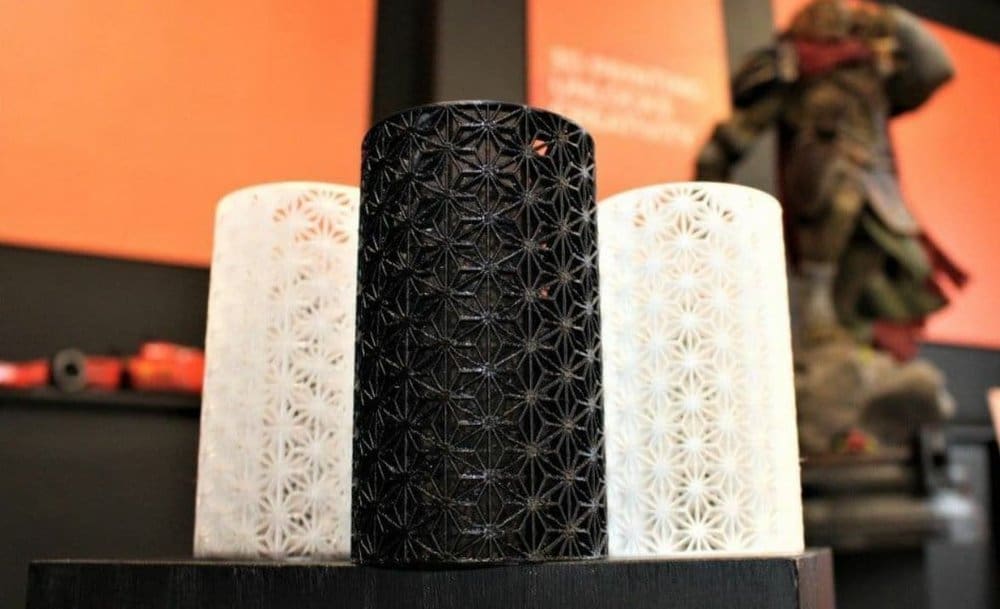
Durabio (sometimes spelled DuraBio) is a filament made by Verbatim, a subsidiary of Mitsubishi Chemical (yes, the car company), a Japanese manufacturer of special polymers. Durabio gets its name from both its durability (“Dura”) and bio-friendliness (“bio”), as this material blend offers great mechanical properties and is sourced from isosorbide, a renewable raw resource.
This filament is unique in that it’s not solely based around PMMA. It’s actually a blend of PMMA and polycarbonate (PC). While this means that the filament is less pure in PMMA content, it also allows it to maintain PC’s inherently strong mechanical characteristics (such as high resistance to heat, abrasion, and scratches) on top of the PMMA’s natural qualities (like UV resistance).
Polycarbonate, like PMMA, also has great optically transparent properties in certain colors, so this blend of filament, in the clear color, is great for making see-through objects like lampshades. Given its mechanical properties, the retailer 3DJake suggests Durabio can be used for concept models in the electrical and automotive industries.
- Price: ~$120/kg
- Diameter: 1.75 mm, 2.85 mm
- Color: Transparent, white, black
- Nozzle temperature: 220-240 °C
- Bed temperature: 100 °C
- Tolerance: Not specified
Treed
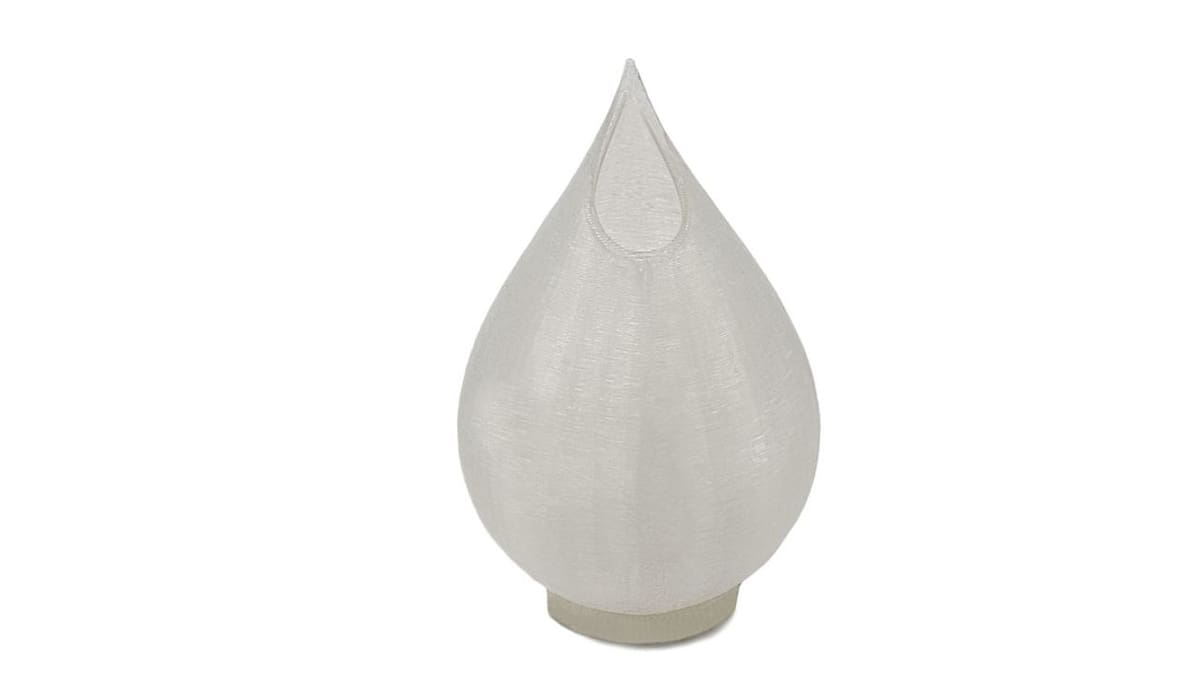
Treed’s Hirma PMMA filament is more on the expensive side, but it’s not without its benefits. Treed explains that Hirma PMMA is lightweight and high-scratch-, UV-, and impact-resistant.
Parts printed with this filament can be made even more transparent through the use of a solvent like acetone. Treed also states that this filament is a useful alternative to polycarbonate; however, it should be noted that PMMA is slightly weaker than PC filaments. The manufacturer recommends printing this filament with a speed of 30-50 mm/s.
- Price: ~$100/kg
- Diameter size: 1.75 mm
- Color: Transparent
- Nozzle temperature: 225-240 °C
- Bed temperature: 100-115 °C
- Tolerance: ± 0.02-0.03 mm
3Diakon
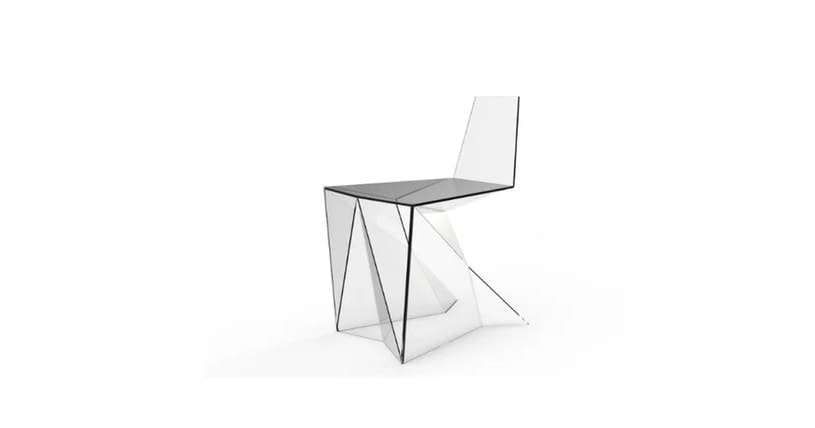
Next up, 3Diakon is a quality PMMA filament developed by Mistubishi Chemical, the parent company of Durabio’s manufacturer. Retailers like FormFutura boast how 3Diakon offers strong mechanical properties such as UV and weather resistance as well as durability.
Retailers recommend printing this filament with a high nozzle temperature, around that of ABS and nylon. Other recommendations include drying it before use and printing with an enclosure (and no fan or fan turned off).
3Diakon is also said to respond well to post-processing techniques, allowing you to create even more visually appealing prints. Moreover, according to FormFutura, you can use sanding and polishing to establish a glossy, transparent finish on prints. Overall, 3Diakon is a great PMMA filament option for 3D printing (and also, according to Ultimaker, casting) outdoor parts.
- Price: ~$100/kg
- Diameter: 1.75 mm, 2.85 mm
- Color: Transparent
- Nozzle temperature: 245-265 °C
- Bed temperature: 100 °C
- Tolerance: Not specified
Herz
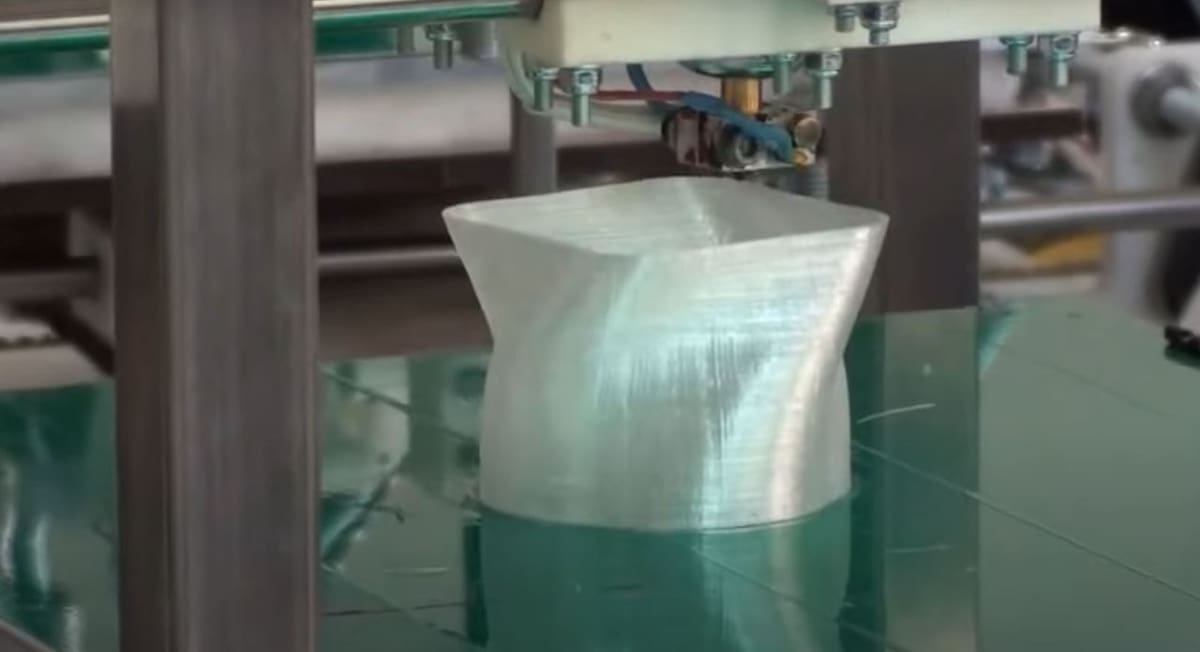
Herz is an international filament manufacturer that sells common types of filament and rarer materials like HIPS, PVA, and PMMA. The company also sells filament-related products, such as spool holders and dry boxes.
Herz PMMA is transparent and comes in two diameters: 1.75 mm and 2.9 mm. A YouTube video by herzhungria shows that the filament tends to string, so consider adjusting your retraction settings accordingly.
- Price: ~$35/kg
- Diameter sizes: 1.75 mm, 2.85 mm
- Color: Transparent
- Nozzle temperature: 260-270 °C
- Bed temperature: 110 °C
- Tolerance: Not specified
Mavrakis Concepts
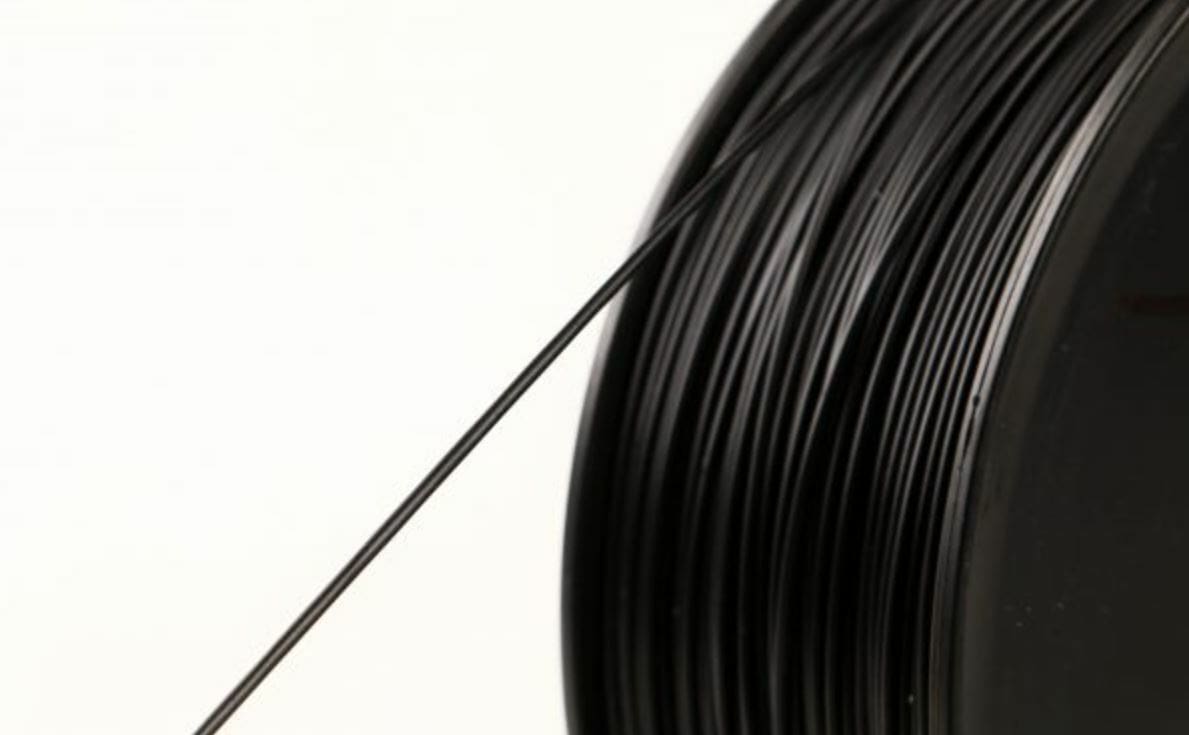
Mavrakis Concepts is a professional 3D printing, design, and art servicing company that currently sells 14 different material filaments in an assortment of different colors. Their PMMA filament only comes in black, but it’s still a great material.
Mavrakis Concepts explains that their PMMA filament is impact-resistant but less strong than polycarbonate. It’s also shatter-resistant, which makes it an excellent alternative to glass. As the filament is acetone soluble, layer smoothing with acetone is a post-processing option for PMMA prints.
- Price: ~$30/kg
- Diameter size: 1.75 mm
- Color: Black
- Nozzle temperature: Not specified
- Bed temperature: Not specified
- Tolerance: Not specified
Lead image source: ZMorph via Medium
License: The text of "The Best PMMA Filaments for Printing" by All3DP is licensed under a Creative Commons Attribution 4.0 International License.
CERTAIN CONTENT THAT APPEARS ON THIS SITE COMES FROM AMAZON. THIS CONTENT IS PROVIDED ‘AS IS’ AND IS SUBJECT TO CHANGE OR REMOVAL AT ANY TIME.


